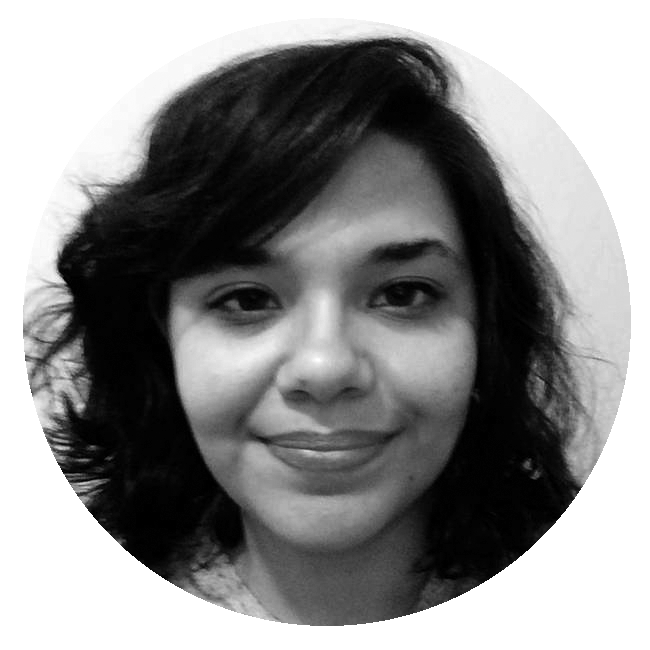The mysterious beauty of the female in transition
Rania Matar's mesmerizing photographs attempt to answer the question of what it means to be a woman
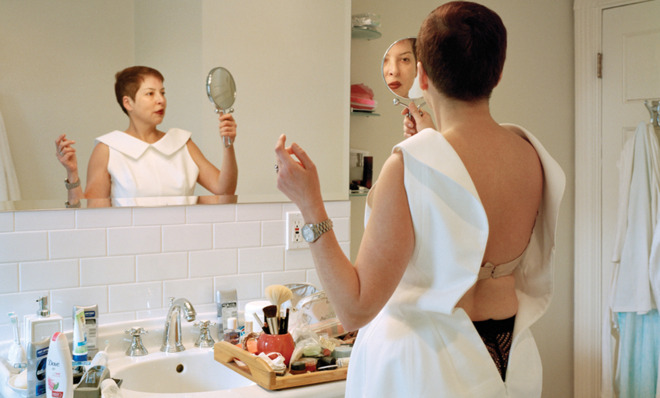
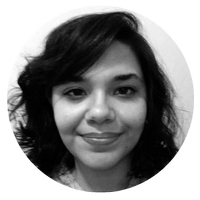
In 1995, Maya Angelou wrote, "The span of my hips, the stride of my step, the curl of my lips. I'm a woman, phenomenally."
It is in that vein that photographer Rania Matar enters the homes of her female subjects — who span the ages of 8 to 50 — to capture them at moments of transition, when girlhood and womanhood are gracefully — phenomenally — confused.
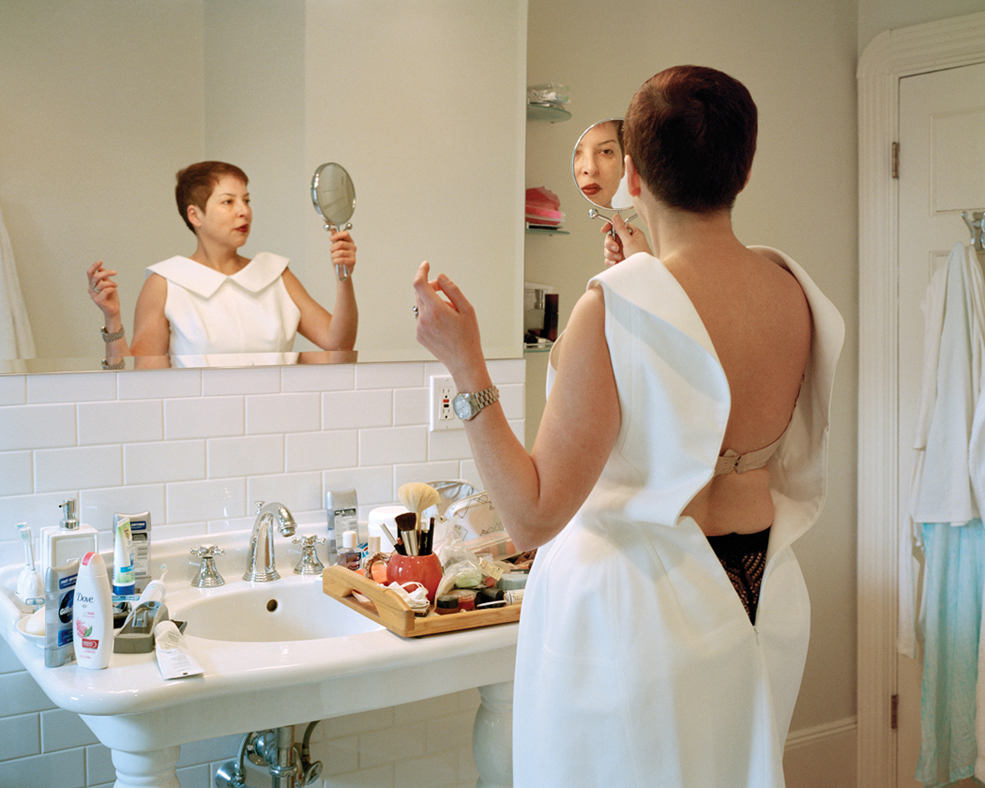
Born and raised in Lebanon, Matar moved to Massachusetts in 1984 to study art and architecture. It was only after 9/11 that she made the move to photography. Matar said couldn't fathom how the cultural differences between the Middle East and the U.S. — emphasized so heavily on the news at the time — could fissure the question of what it means to be a woman.
The Week
Escape your echo chamber. Get the facts behind the news, plus analysis from multiple perspectives.

Sign up for The Week's Free Newsletters
From our morning news briefing to a weekly Good News Newsletter, get the best of The Week delivered directly to your inbox.
From our morning news briefing to a weekly Good News Newsletter, get the best of The Week delivered directly to your inbox.
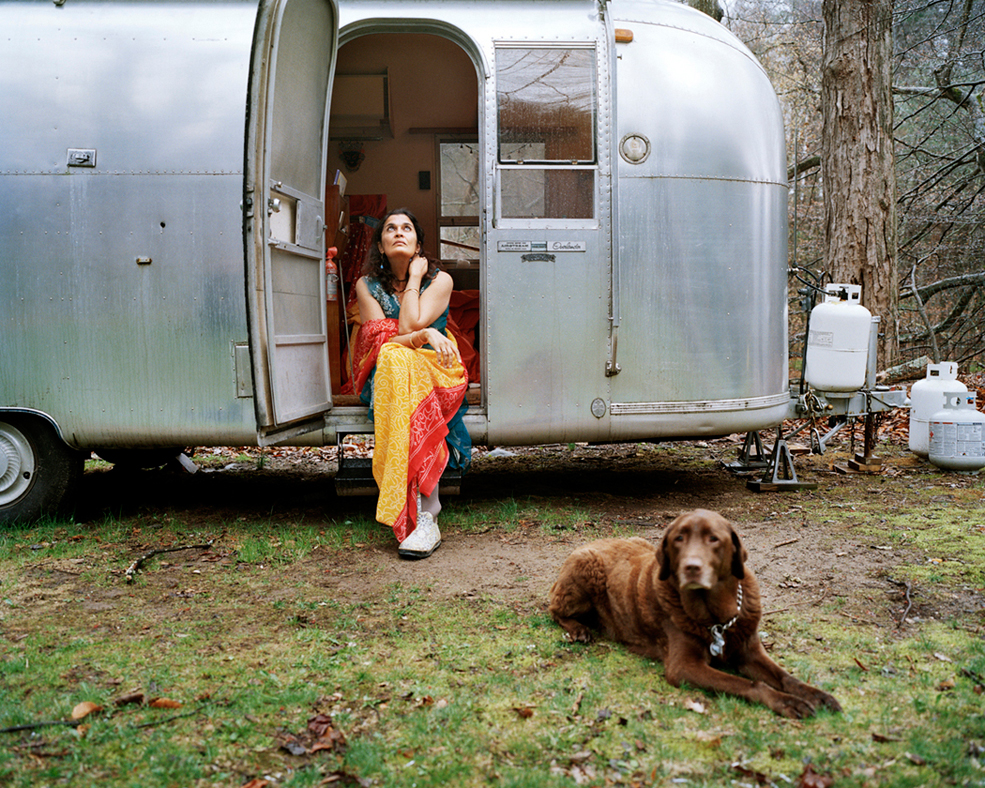
Matar gained critical acclaim for her 2012 collection "A Girl and Her Room," in which teenage girls from the suburbs of Boston or various regions of Lebanon pose for the camera in their bedrooms.
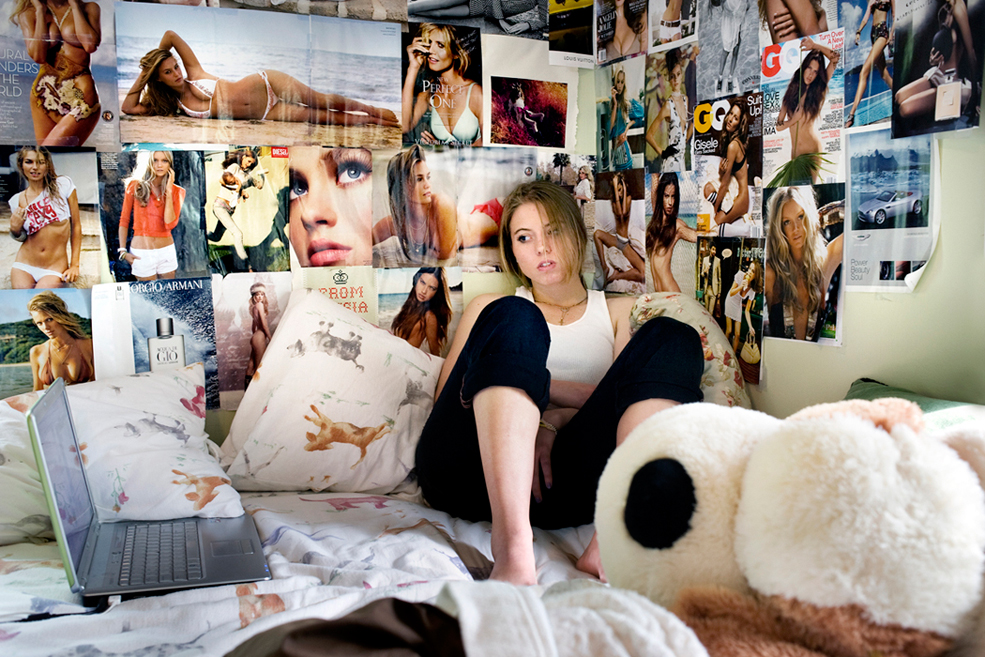
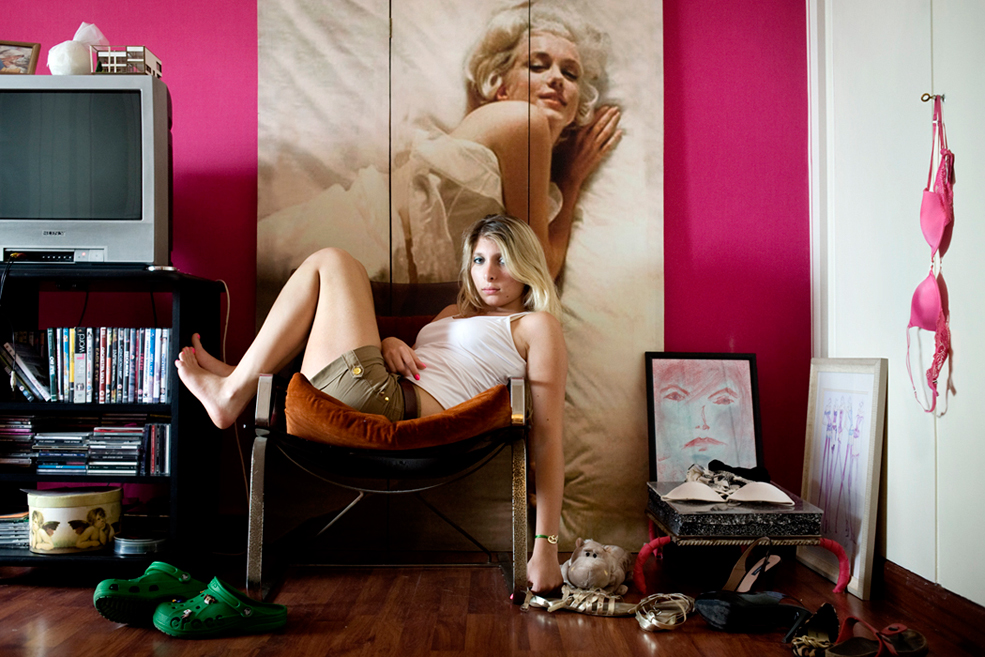
For the project, Matar used a digital camera, which made the process of photographing teenagers more collaborative and organic as the girls had the chance to look at Matar's camera during the shoot.
They posed the way they decorated their rooms, making personal (sometime subconscious) decisions as to whether they wanted to stand out or disappear within their private worlds.
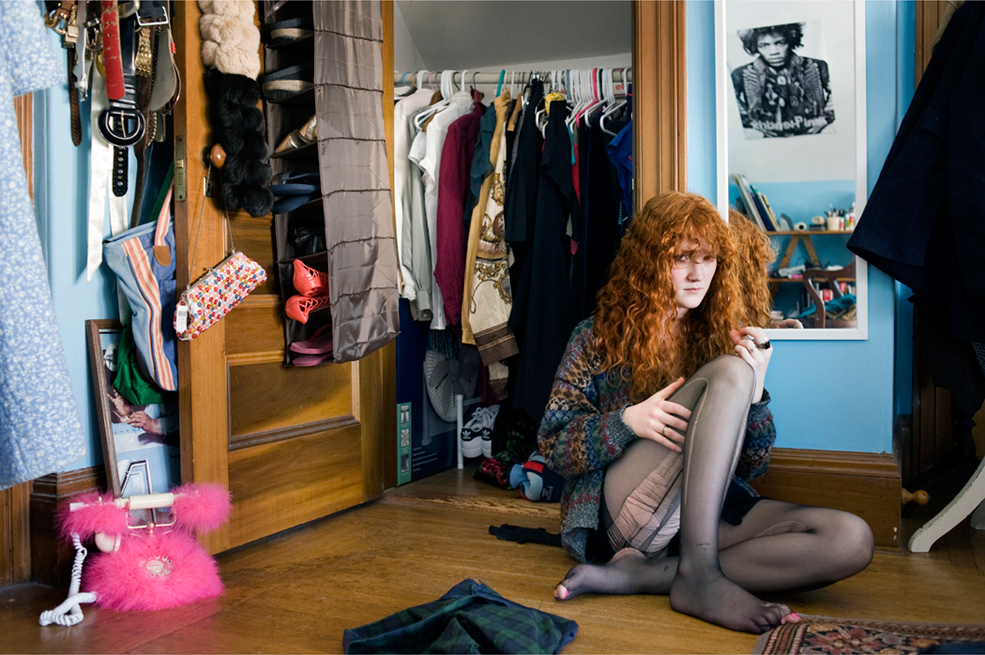
"Women have so many layers and they know how to hide them," Matar said in a phone interview. "It was up to me to break through that."
A free daily email with the biggest news stories of the day – and the best features from TheWeek.com
For the collection "L'Enfant Femme," Matar photographs 8- to 12-year-old girls using a medium format analog camera. The shift in photographic process altered the gaze and attitude towards the camera. "The vulnerability is right in your face," she said.
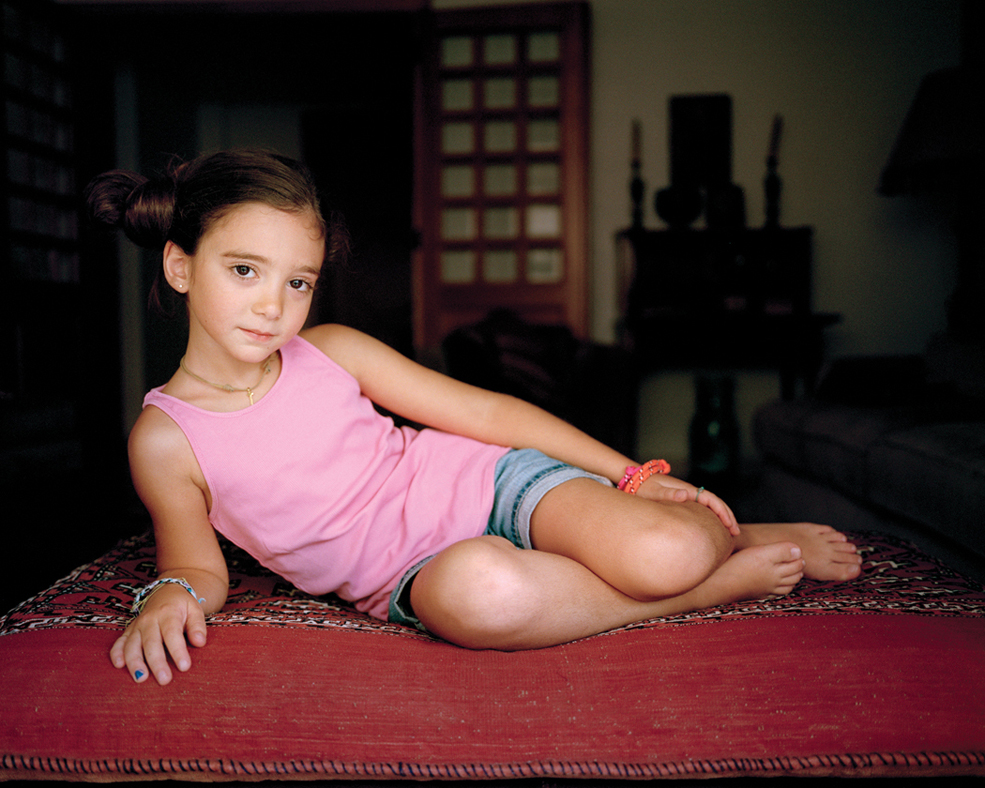
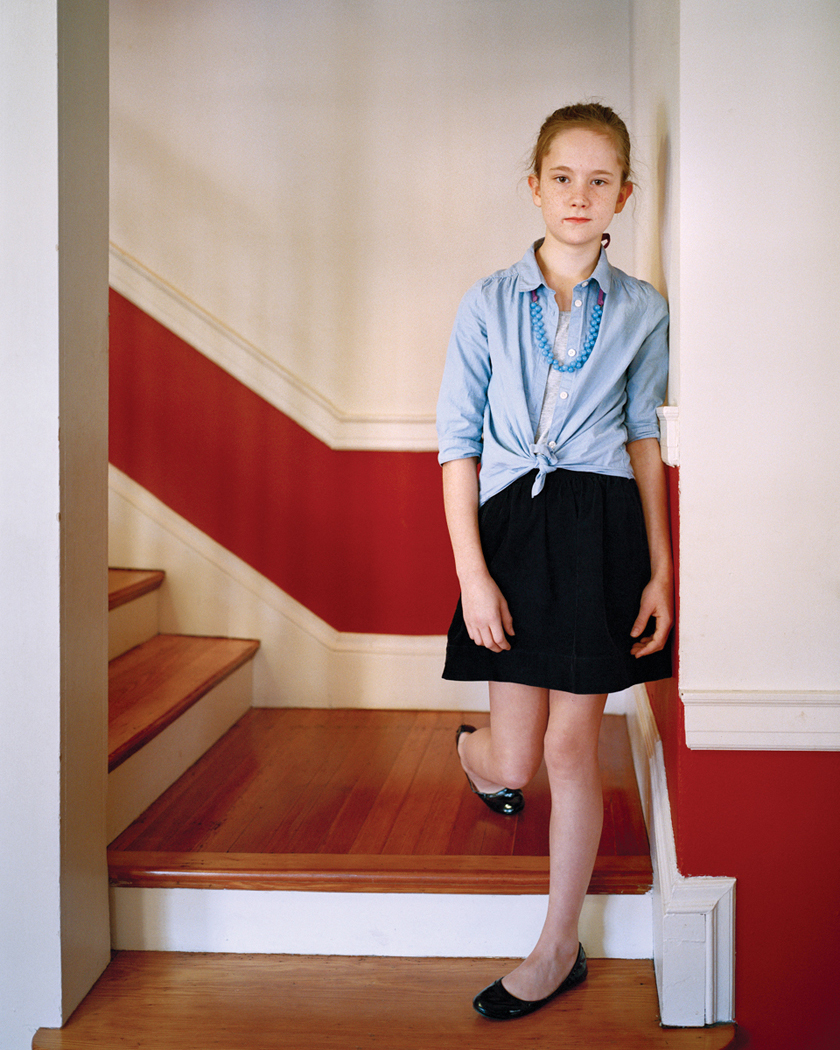
Matar allowed the girls to choose their poses, under two conditions: no smiling and no selfie-inspired mouth expressions.
"The girls are just starting to be aware of the fact they are women," Matar said. "Their bedrooms consist of what their mothers put in there. They don't yet know how to express themselves outside their own bodies."
When comparing her two cross-cultural subjects, Matar said she was surprised to find the girls in Lebanon were less camera-shy than those she photographed in Boston.

"L'Enfant Femme" argues that poses are the way girls naturally — innocently — express their developing sense of femininity. "Maybe they are copying what they see in magazines," she said, "but it's their choice and their pose."
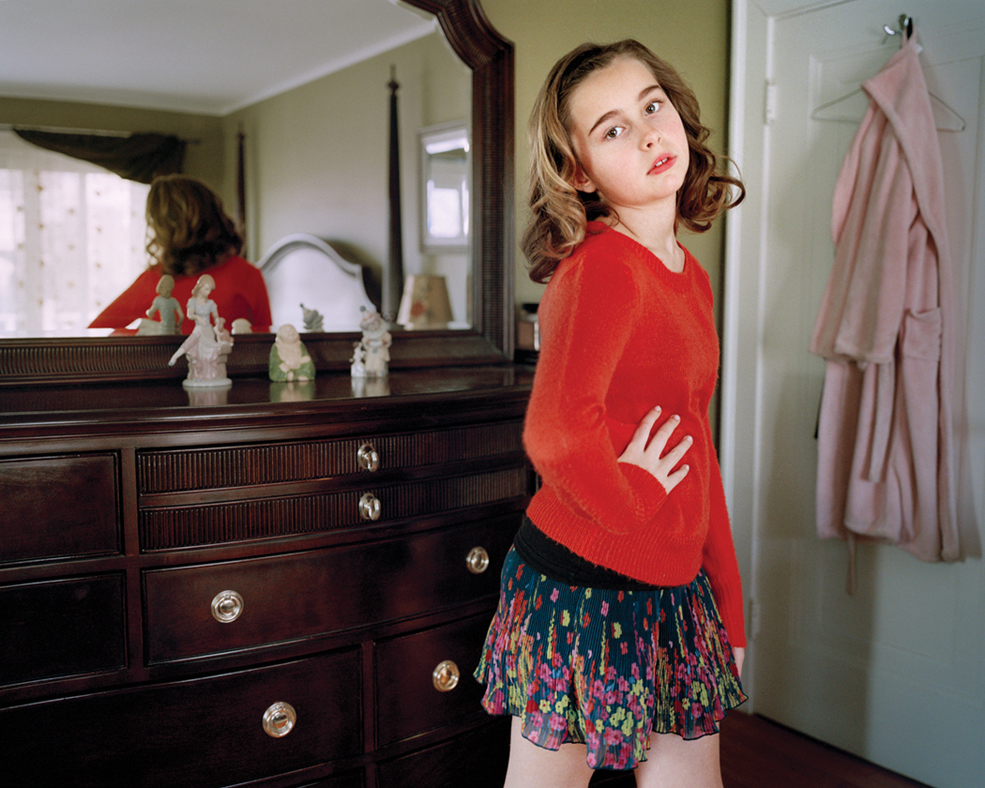
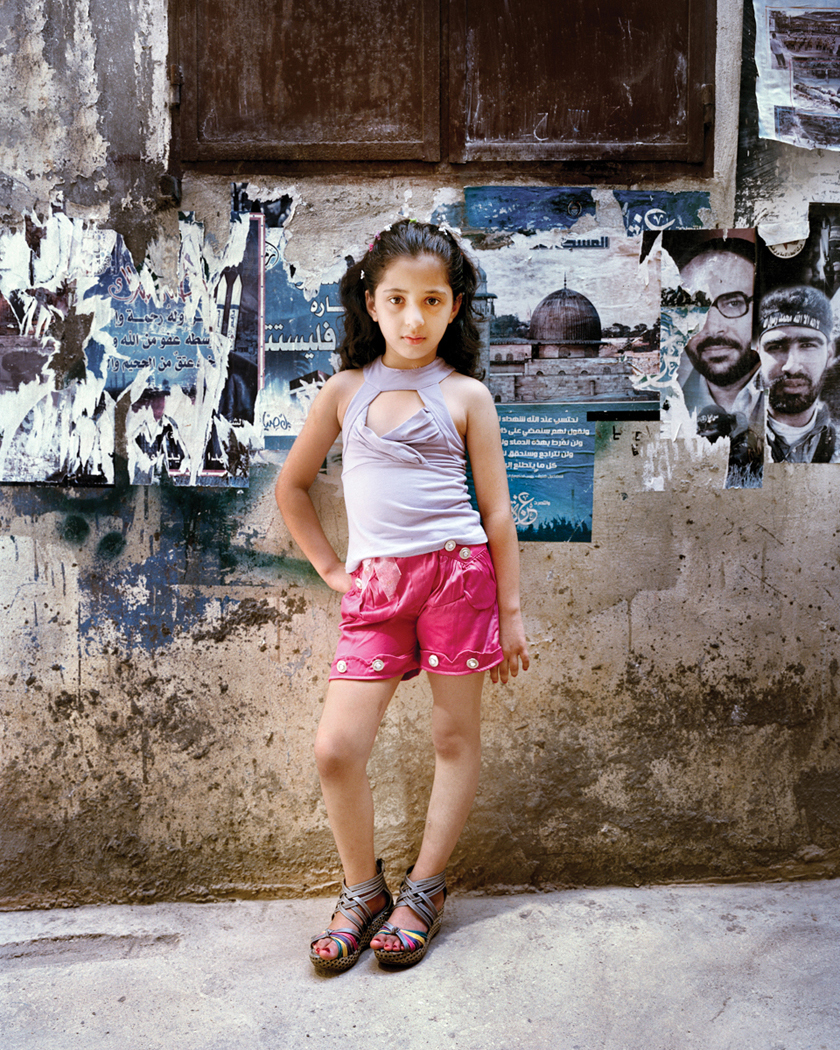
To learn more about Rania Matar or to see her photography collections in full, check out her website.
Nikkitha Bakshani is a freelance writer and editor at The Morning News. Her writing has appeared in Departures.com, Yahoo Travel, The Paris Review Daily, and more.
-
 Pipe bombs: The end of a conspiracy theory?
Pipe bombs: The end of a conspiracy theory?Feature Despite Bongino and Bondi’s attempt at truth-telling, the MAGAverse is still convinced the Deep State is responsible
-
 The robot revolution
The robot revolutionFeature Advances in tech and AI are producing android machine workers. What will that mean for humans?
-
 Health: Will Kennedy dismantle U.S. immunization policy?
Health: Will Kennedy dismantle U.S. immunization policy?Feature ‘America’s vaccine playbook is being rewritten by people who don’t believe in them’
